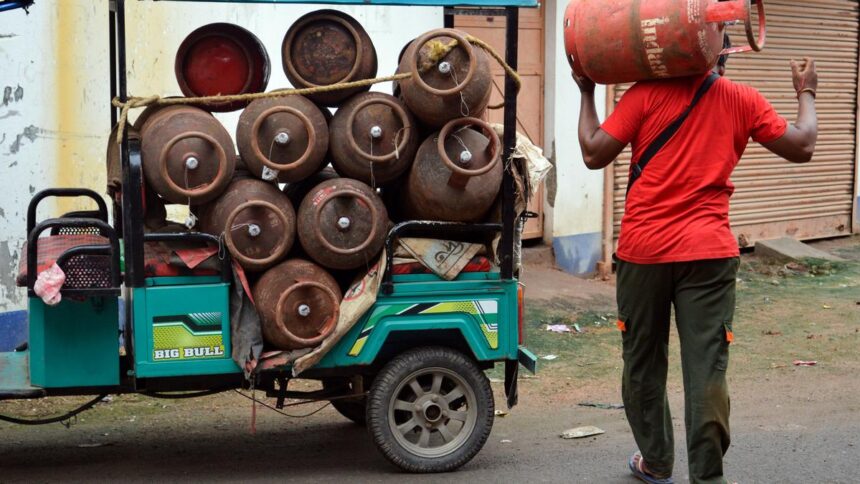In the early days, hospitalisation meant paying the bill in cash, filing claims with discharge summaries and bills and waiting for insurer to decide if the treatment was covered. Even if approved, deductions for sub-limits, uncovered expenses or treatments deemed “unnecessary” meant the insured rarely got the full amount. The process often forced families into debt while awaiting reimbursement.
Mid-2000s saw the advent of Third- Party Administrators – Health Services (TPAs) as insurers’ service providers. Insurers, TPAs and hospitals created the cashless system where patients no longer had to handle paperwork or arrange funds upfront making health insurance more attractive, expanding hospital networks and giving patients peace of mind.
Package deal and problem
To streamline costs, insurers and hospitals unveiled package rates viz. fixed charges to pay for common treatments and surgeries. While this aided pre-approvals and transparency on the insurer’s side, it created fresh problems. Hospitals often charged beyond the package rates, collecting the difference from patients. Since such rates were not disclosed in advance, patients did not know what they might have to pay out of pocket.
Meanwhile, hospitals complained of delayed payments from insurers and TPAs. To protect themselves, some began demanding deposits from patients despite offering “cashless” treatment—bringing the system almost a full circle back to reimbursement.
Now, the situation has reached a point where some hospitals have suspended or spoken up against cashless tie-ups, citing outdated package rates not reflecting rising costs. For patients, this means financial stress at a time when they are the most vulnerable.
Way forward
To restore confidence, three steps are critical. A regular review of package rates since hospital costs change and rates must keep pace with inflation and medical advancements. Second, greater transparency with insurers disclosing package rates and likely out-of-pocket expenses upfront, so patients are not left guessing and also faster settlement systems with stricter timelines, digital processing and regulatory oversight.
Conclusion
Ultimately, patients buy health insurance for security and certainty. If hospitals and insurers fail to work together, that trust will erode further. It is in everyone’s interest—insurers, hospitals, and regulators alike—to protect the integrity of the cashless system before it collapses completely.
(The writer is a business journalist specialising in insurance & corporate history)
Published – September 22, 2025 06:21 am IST























